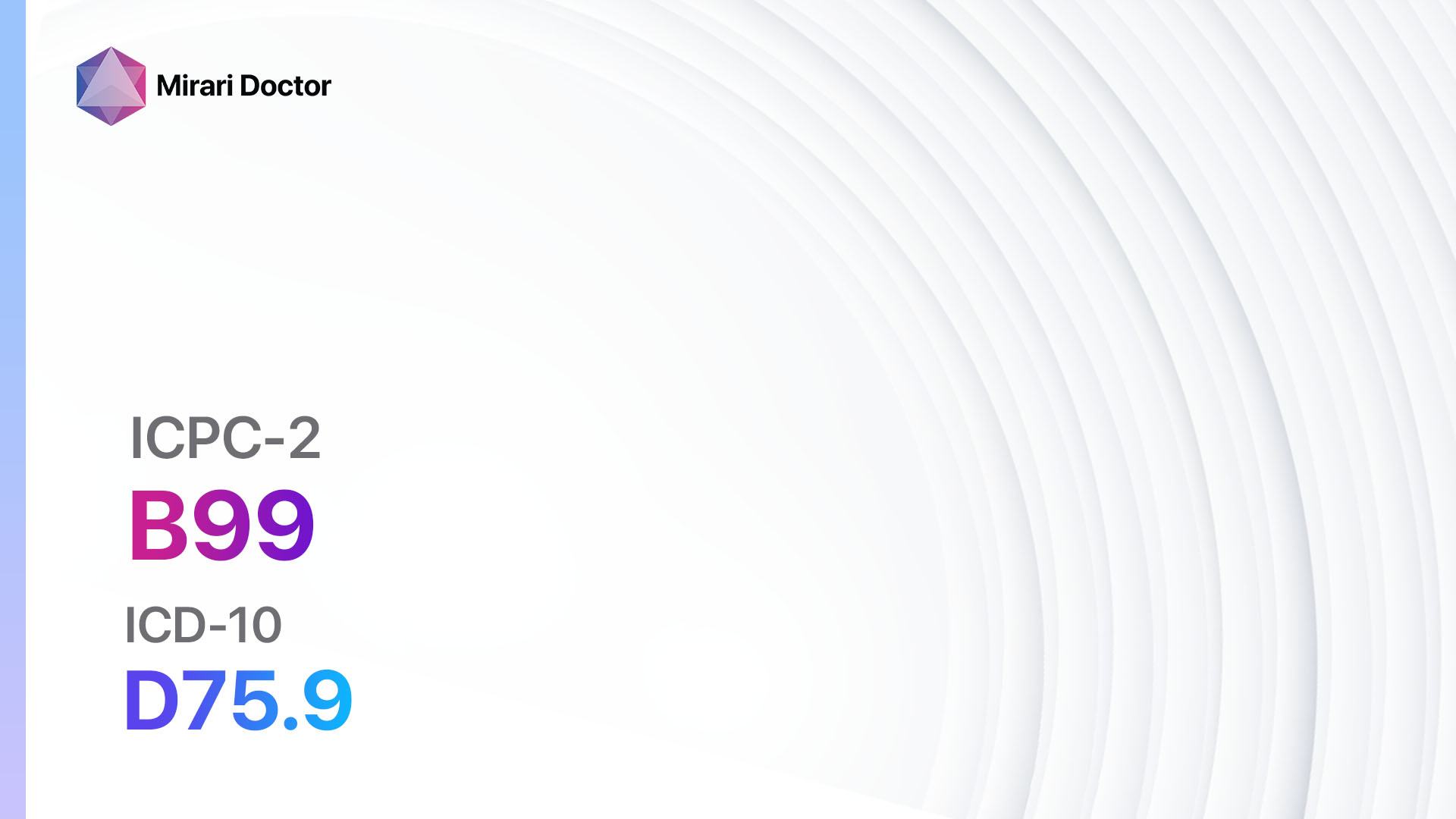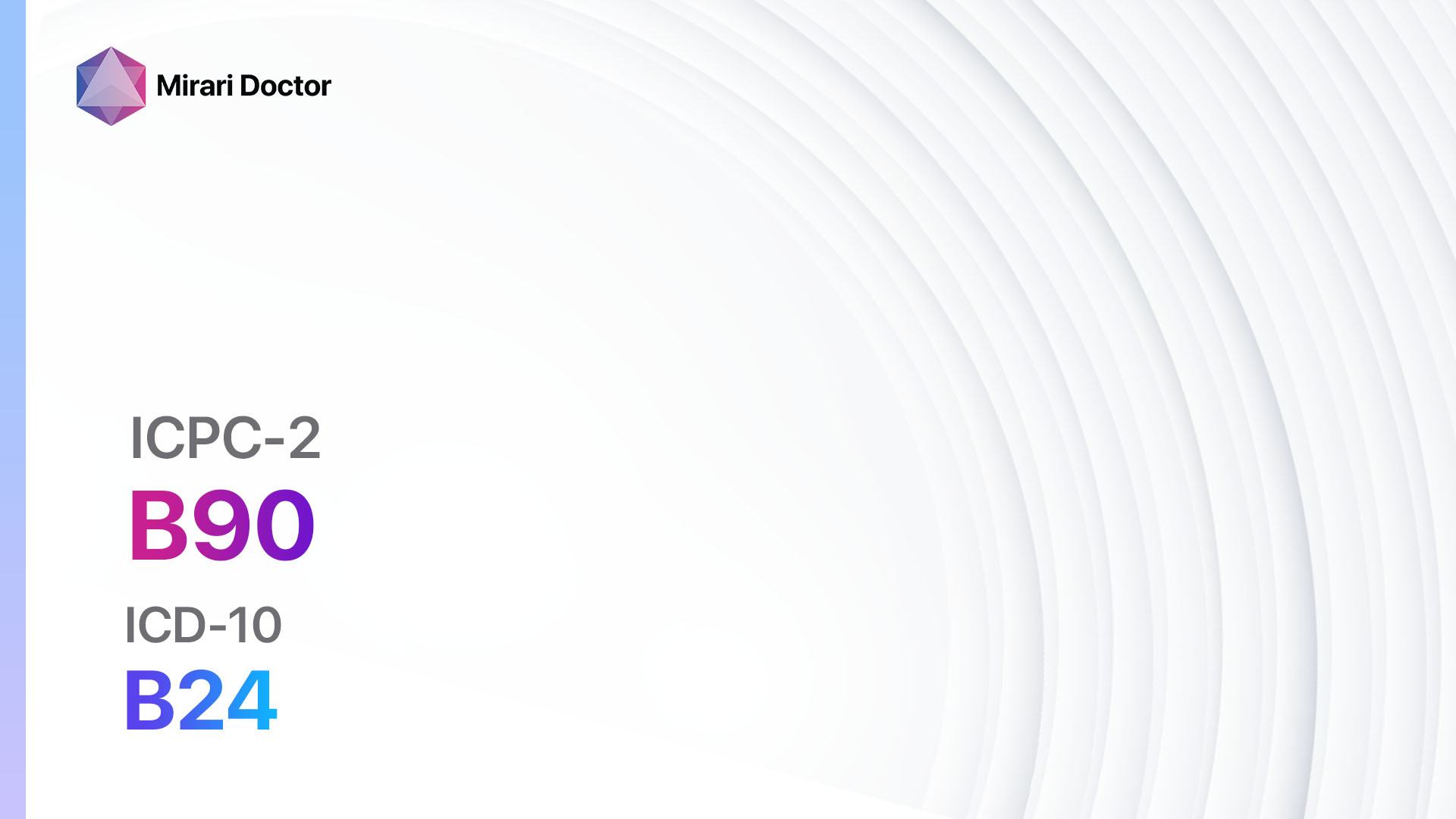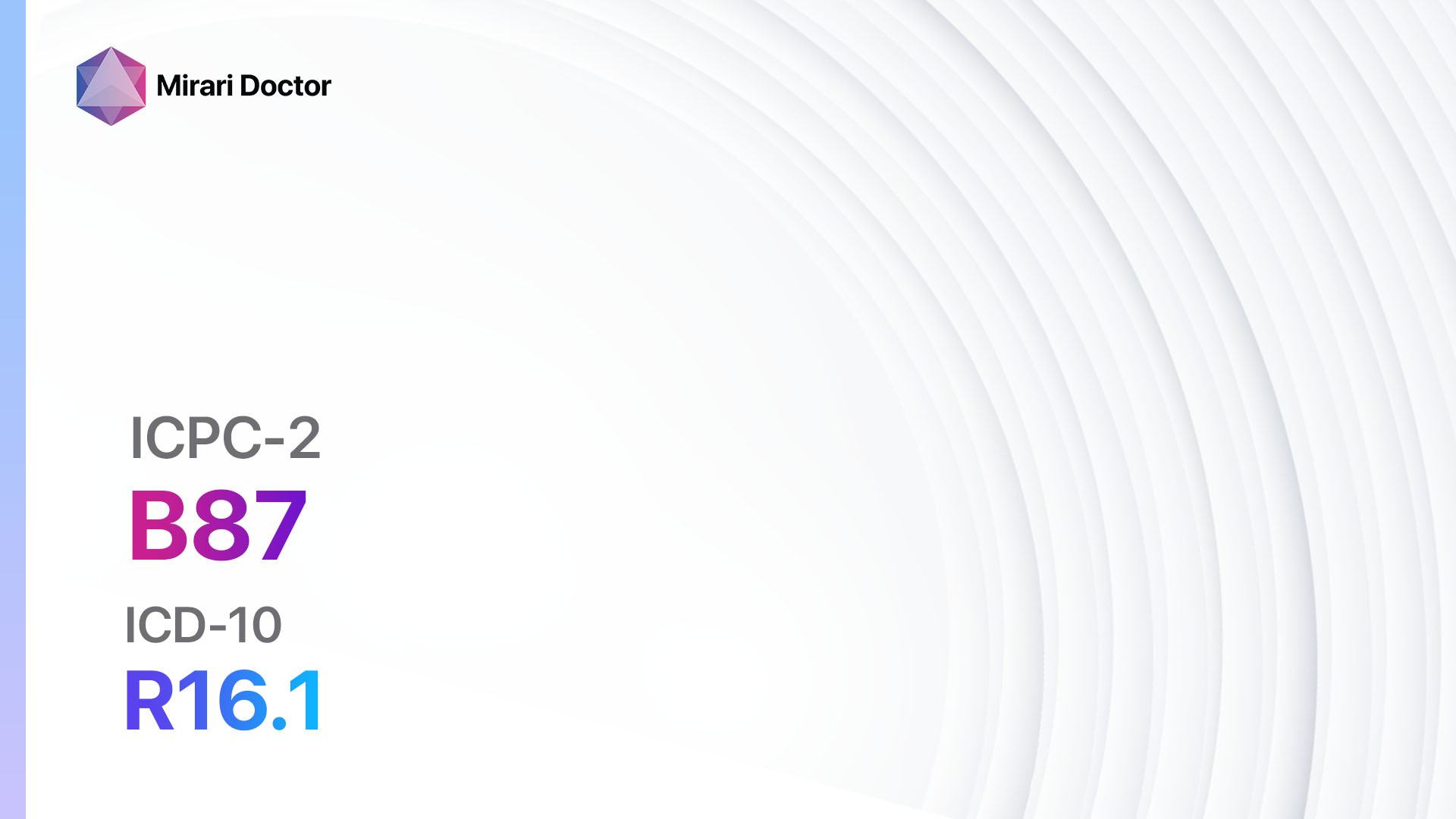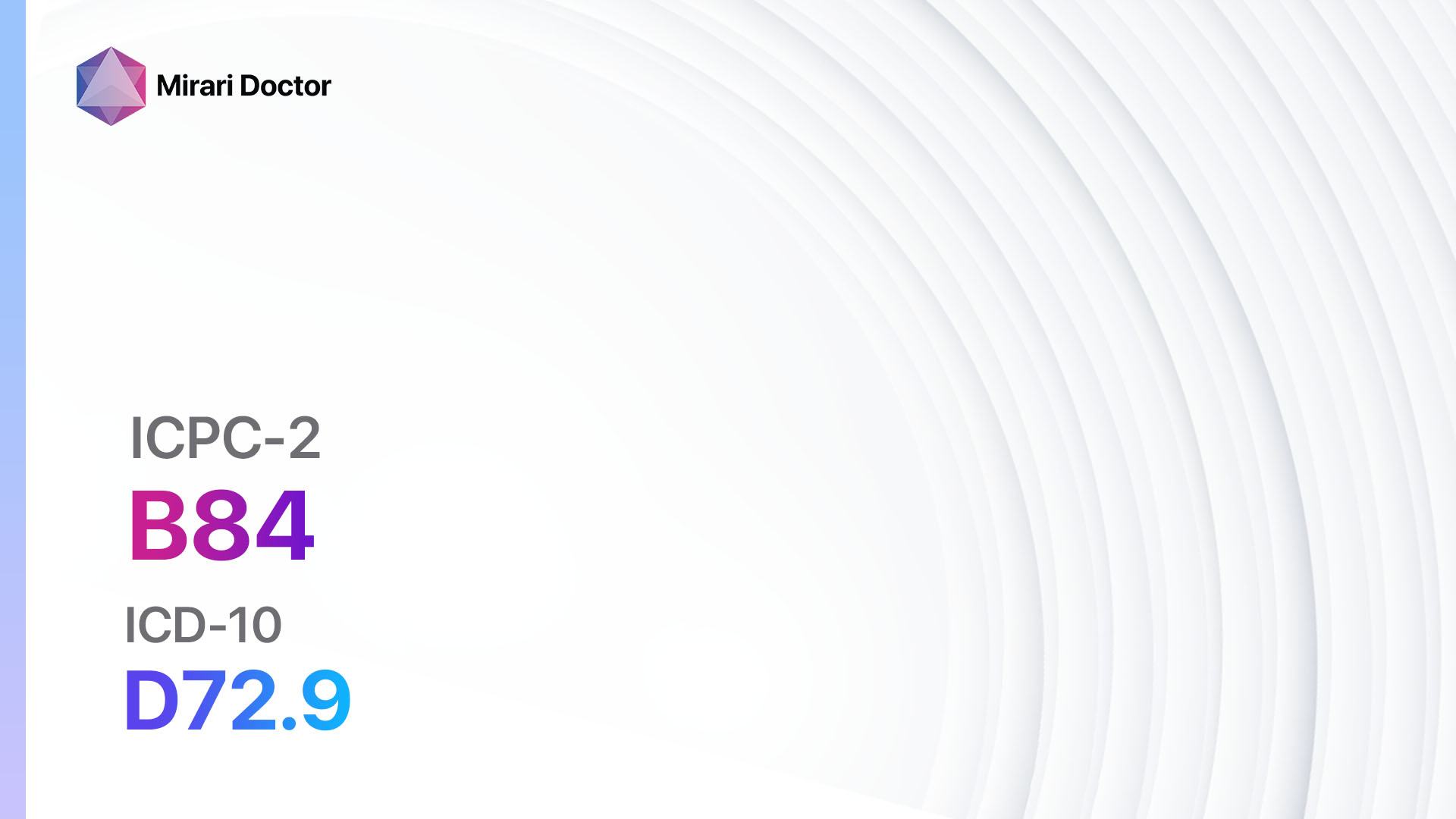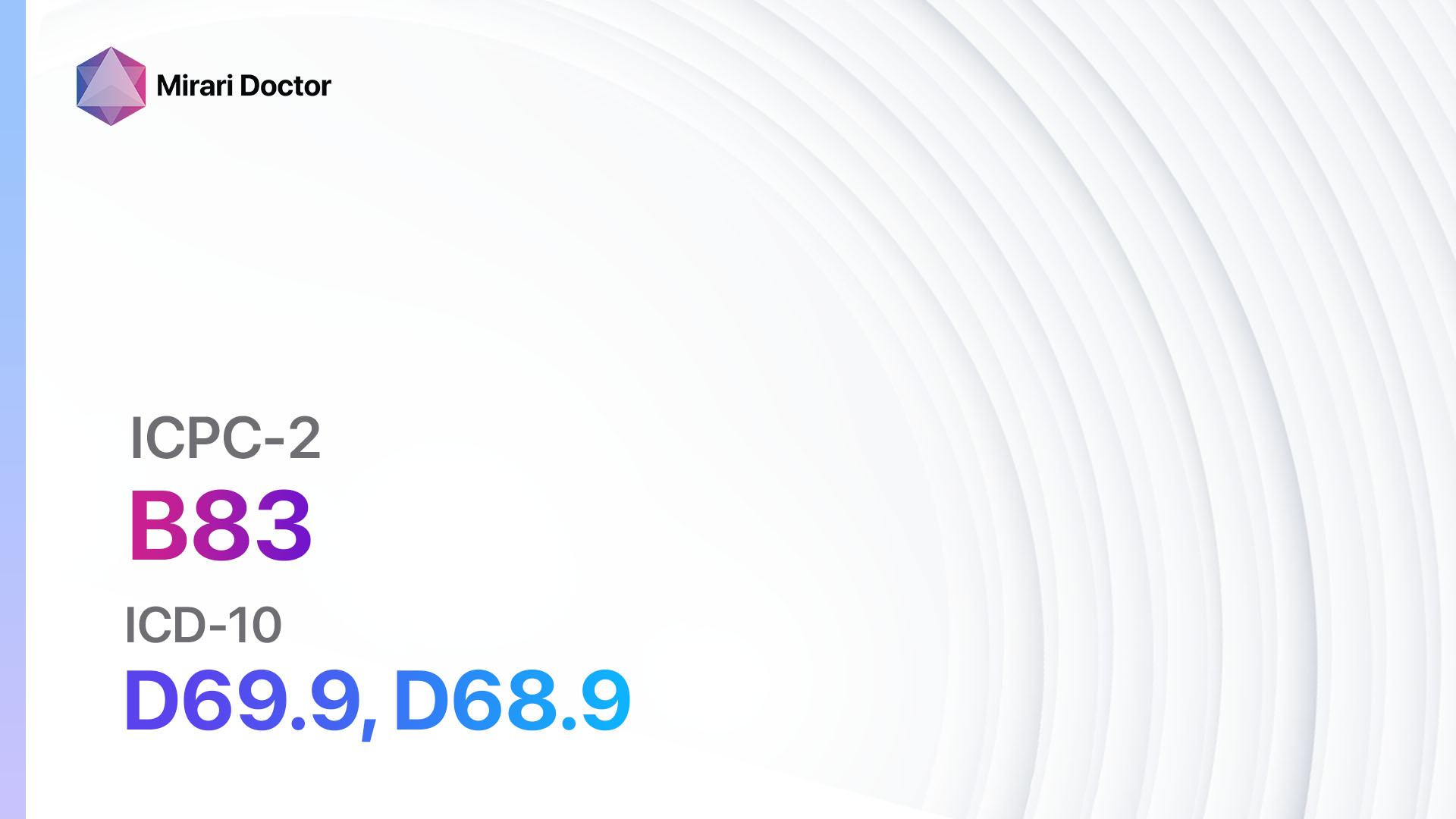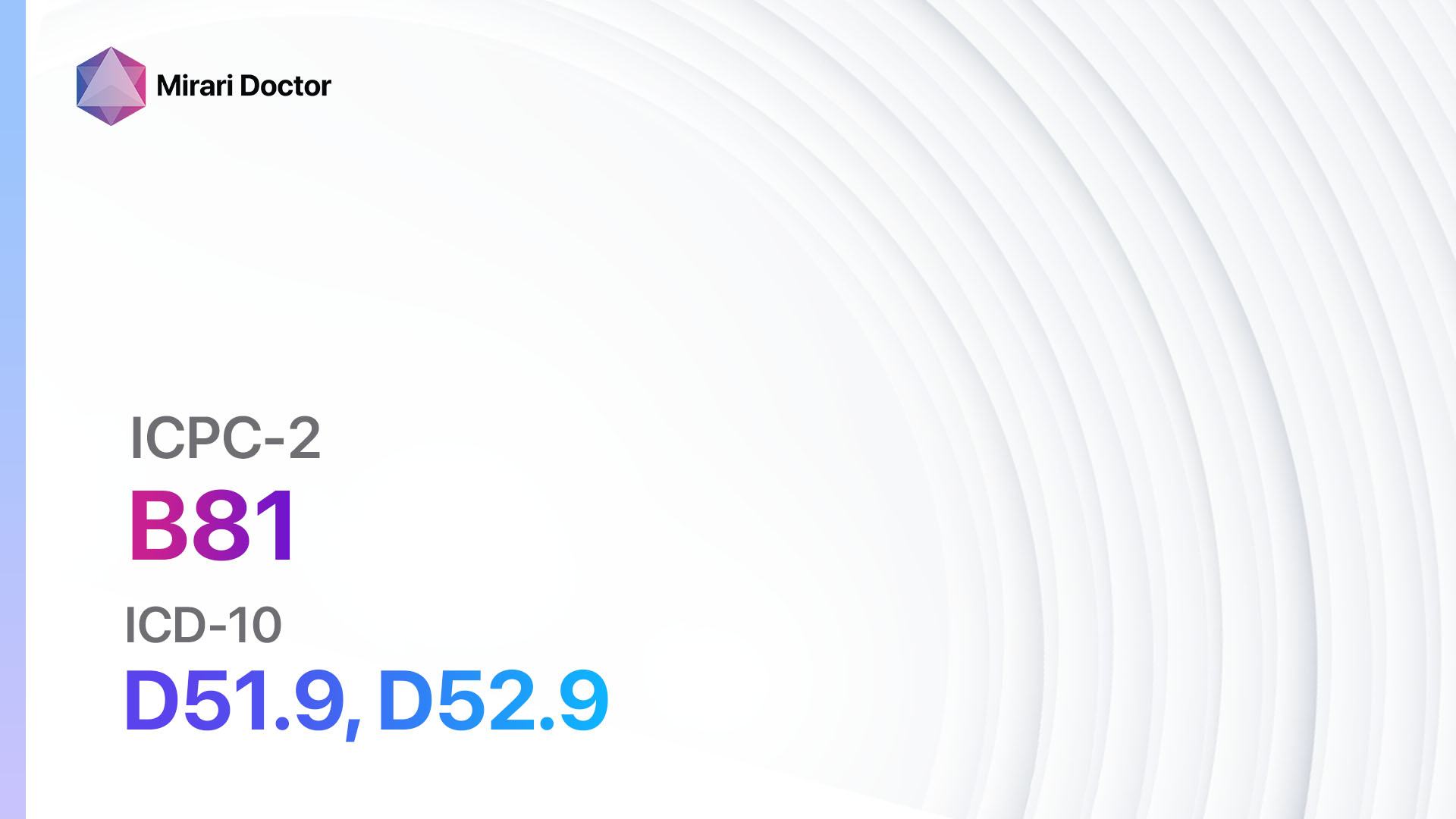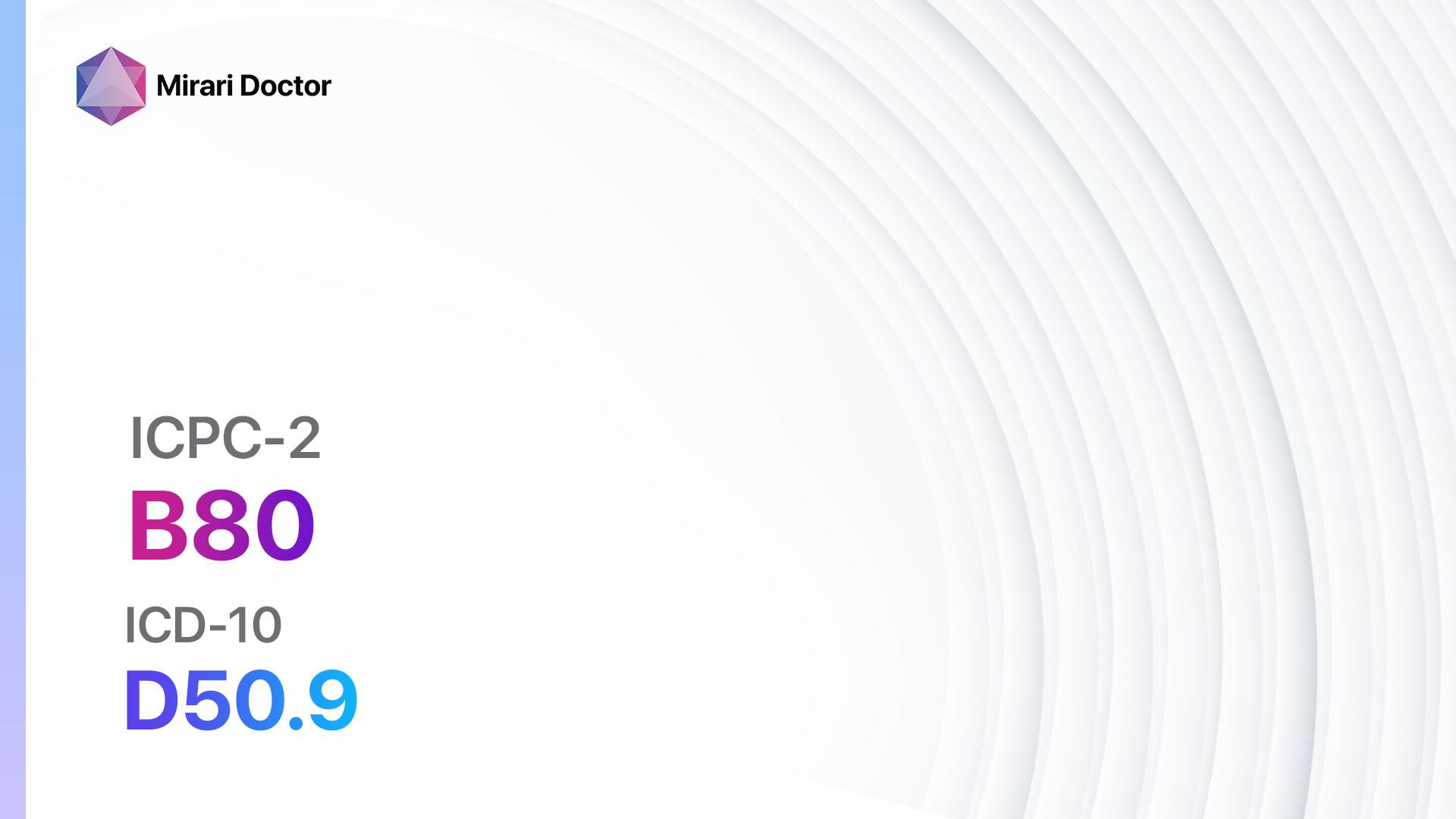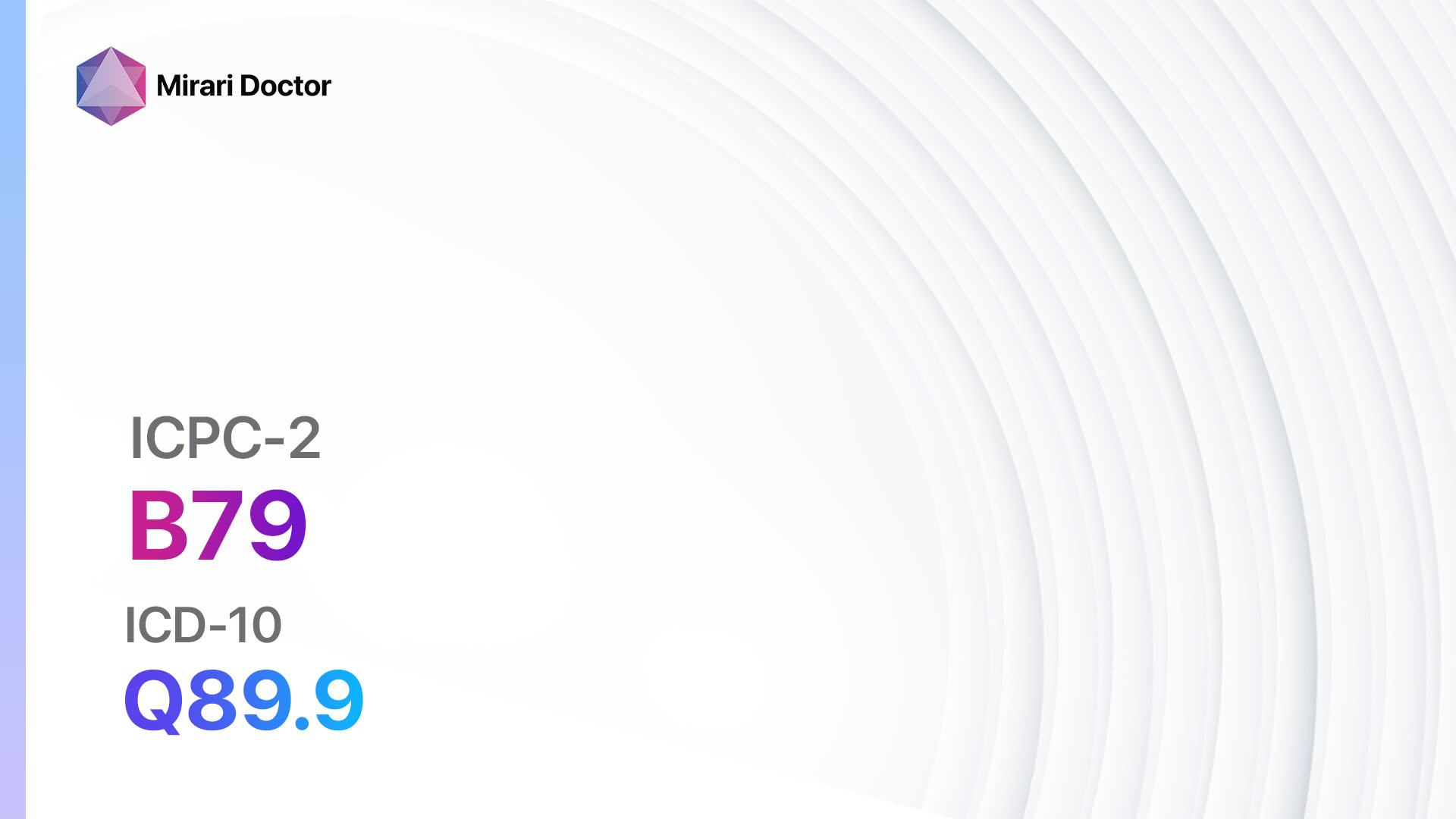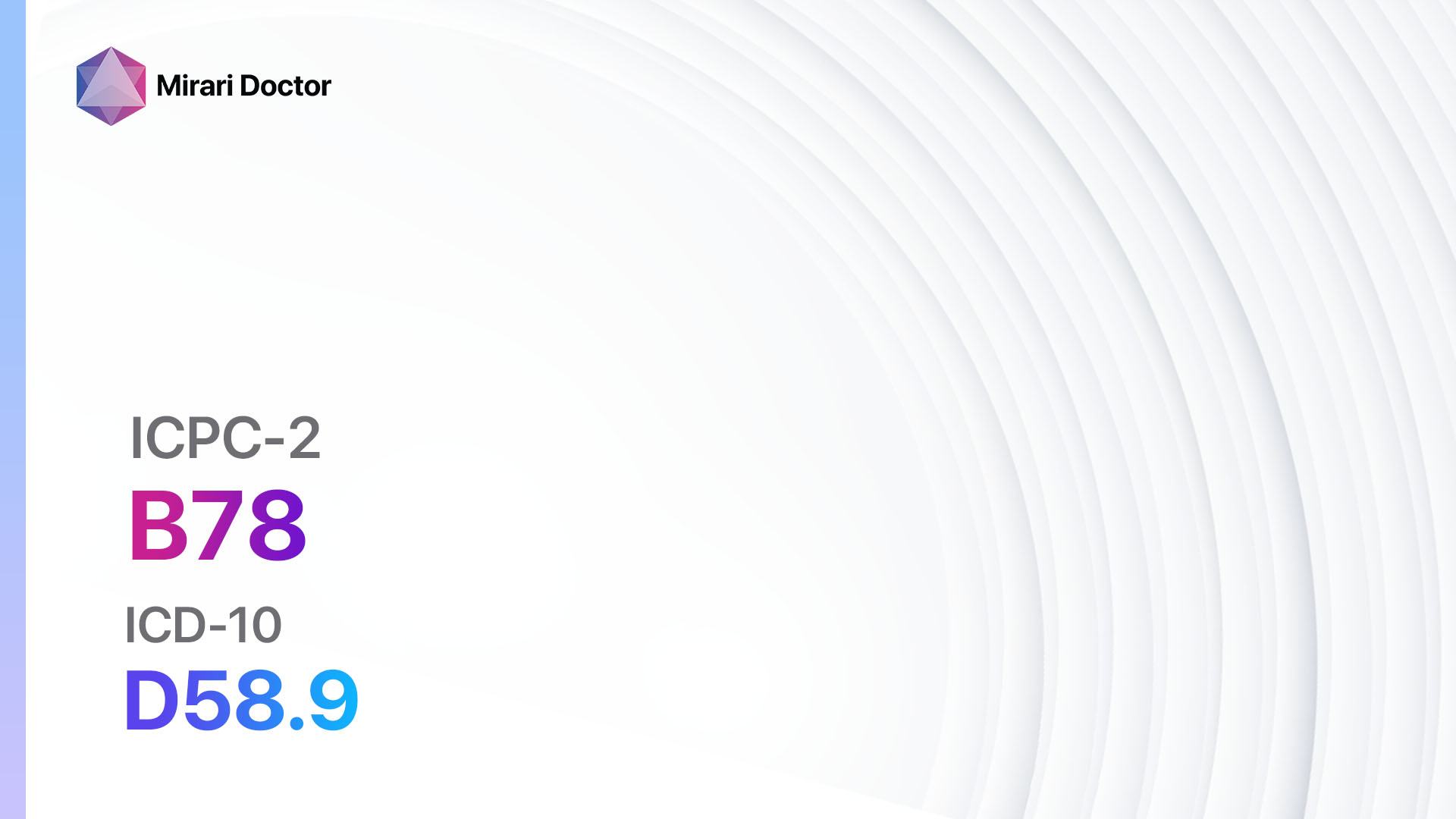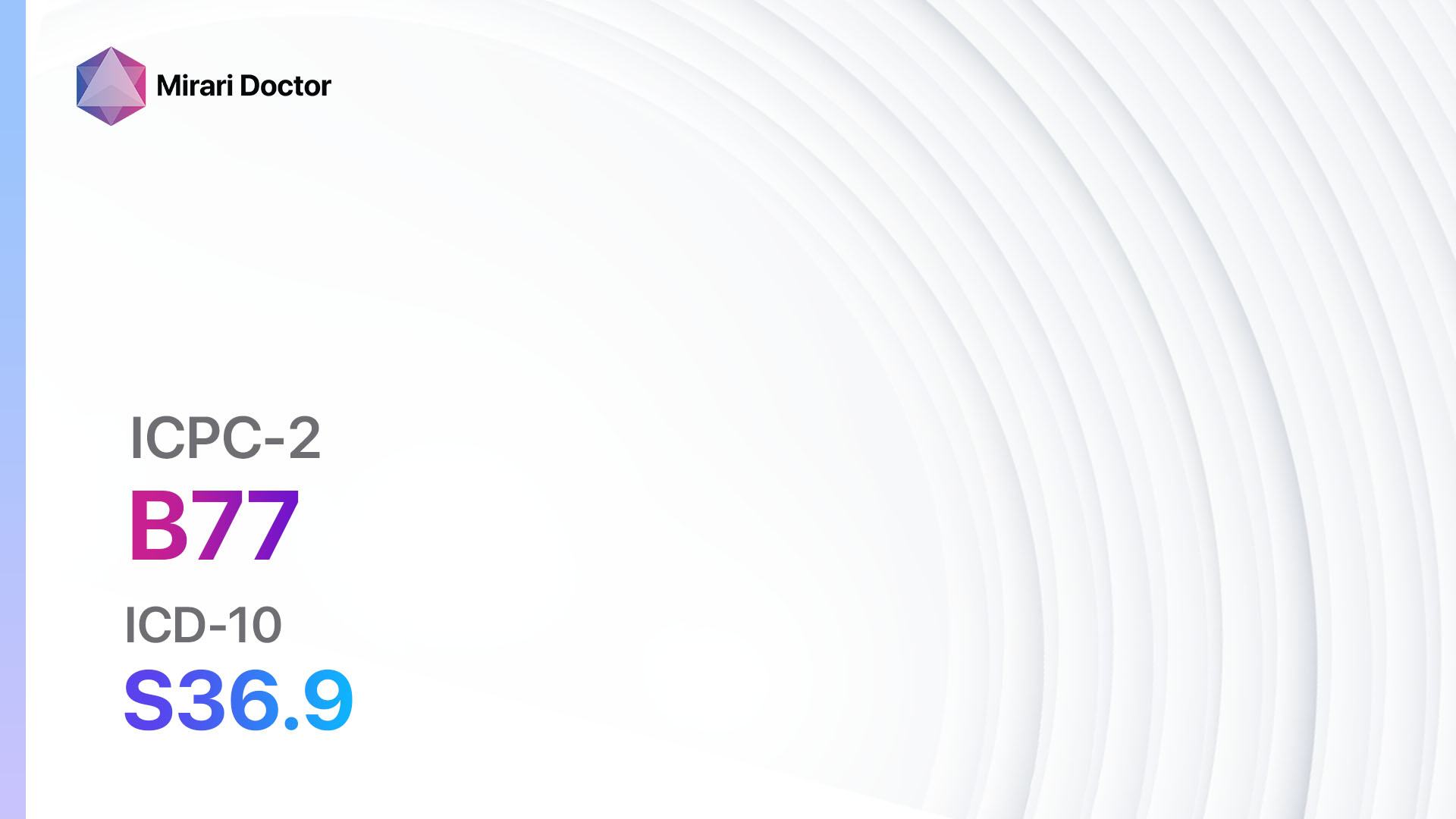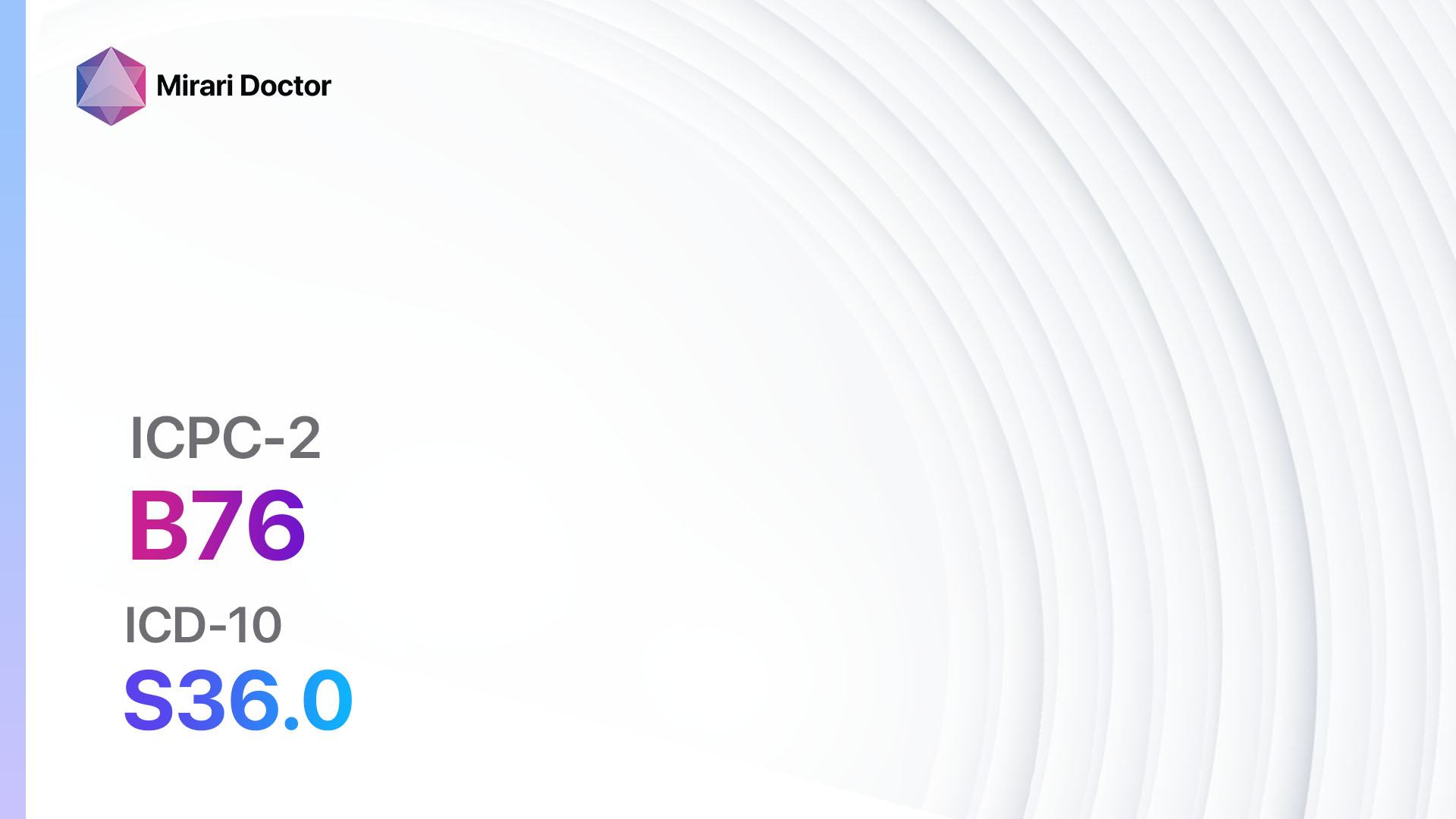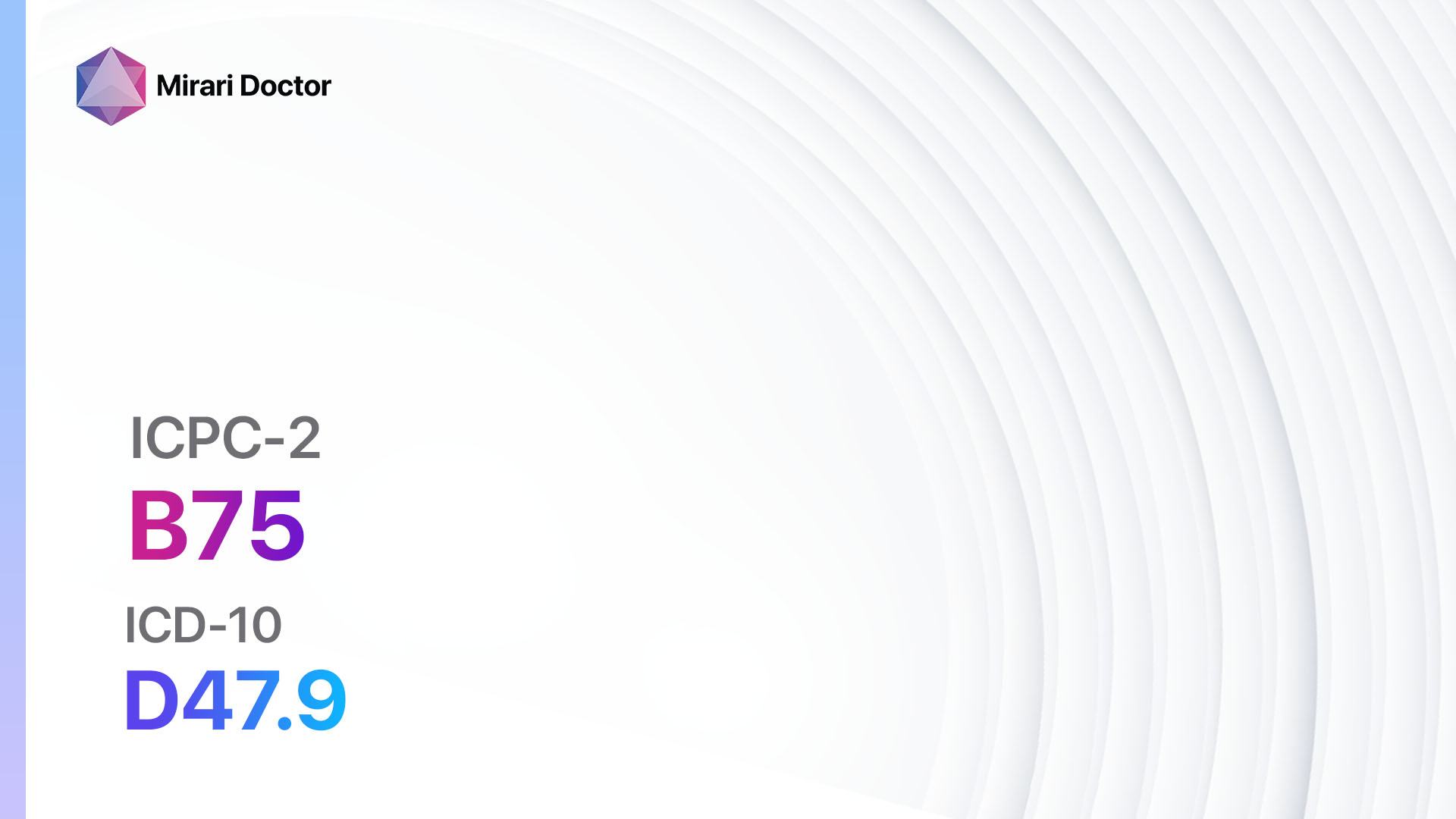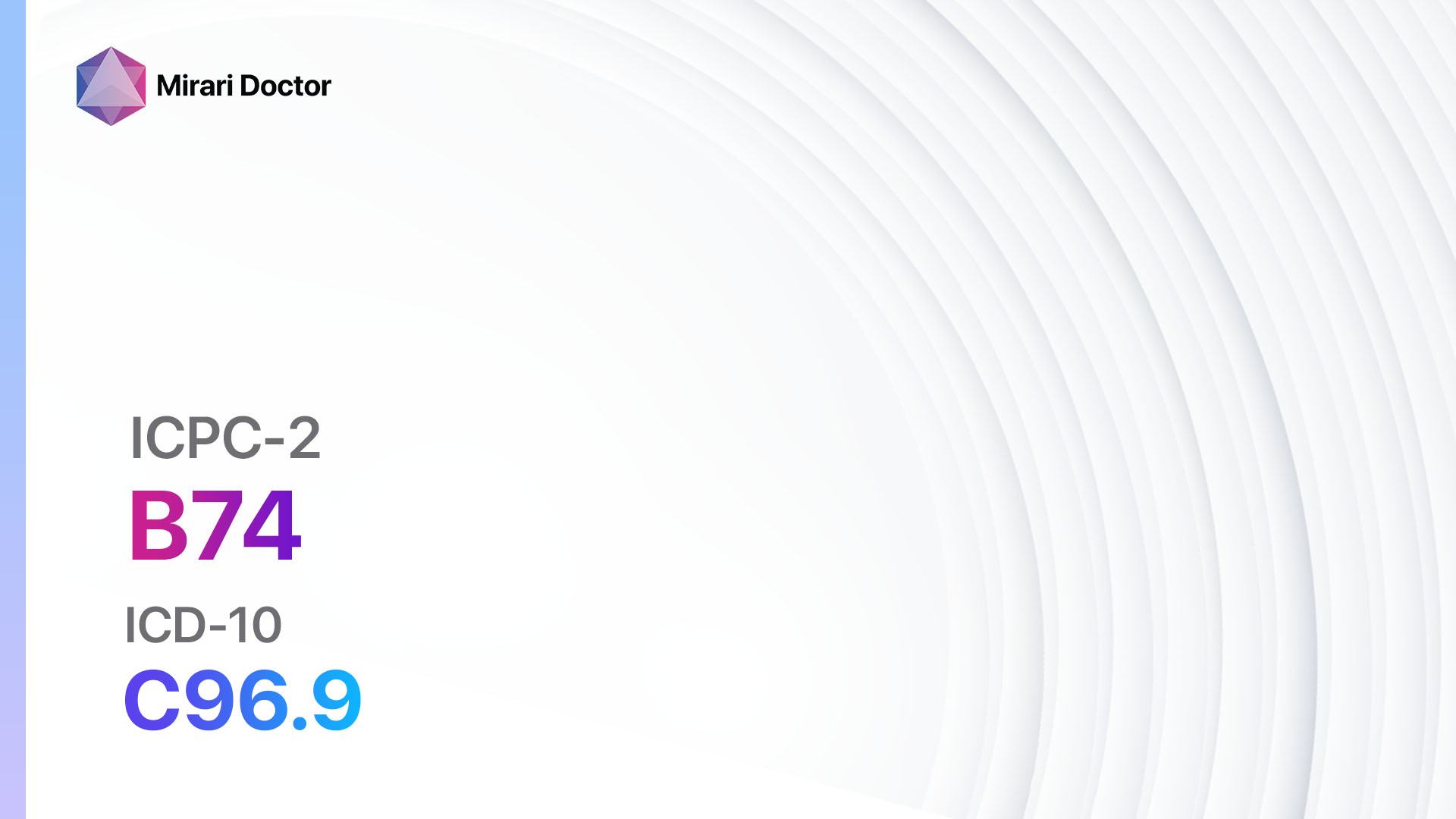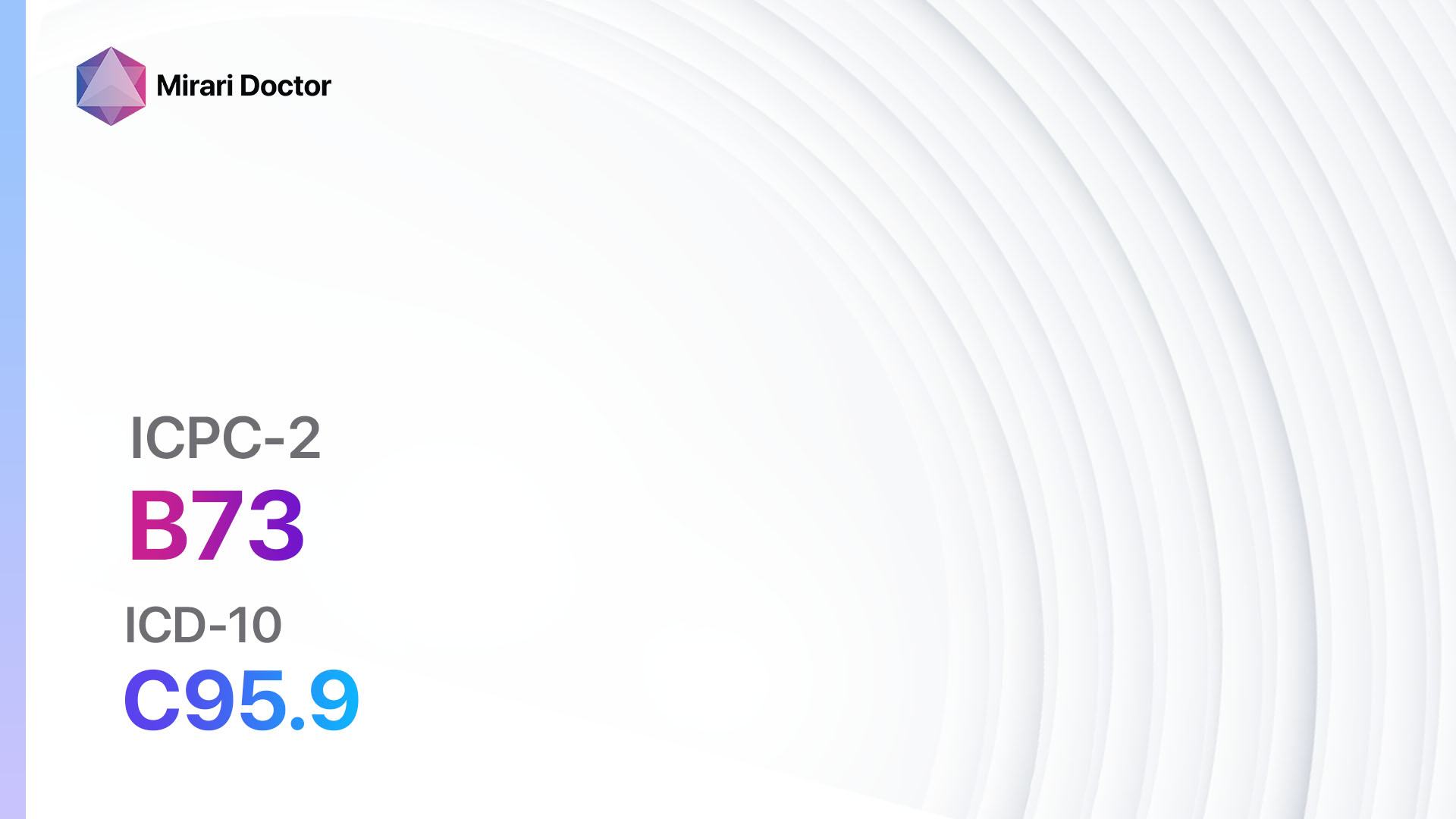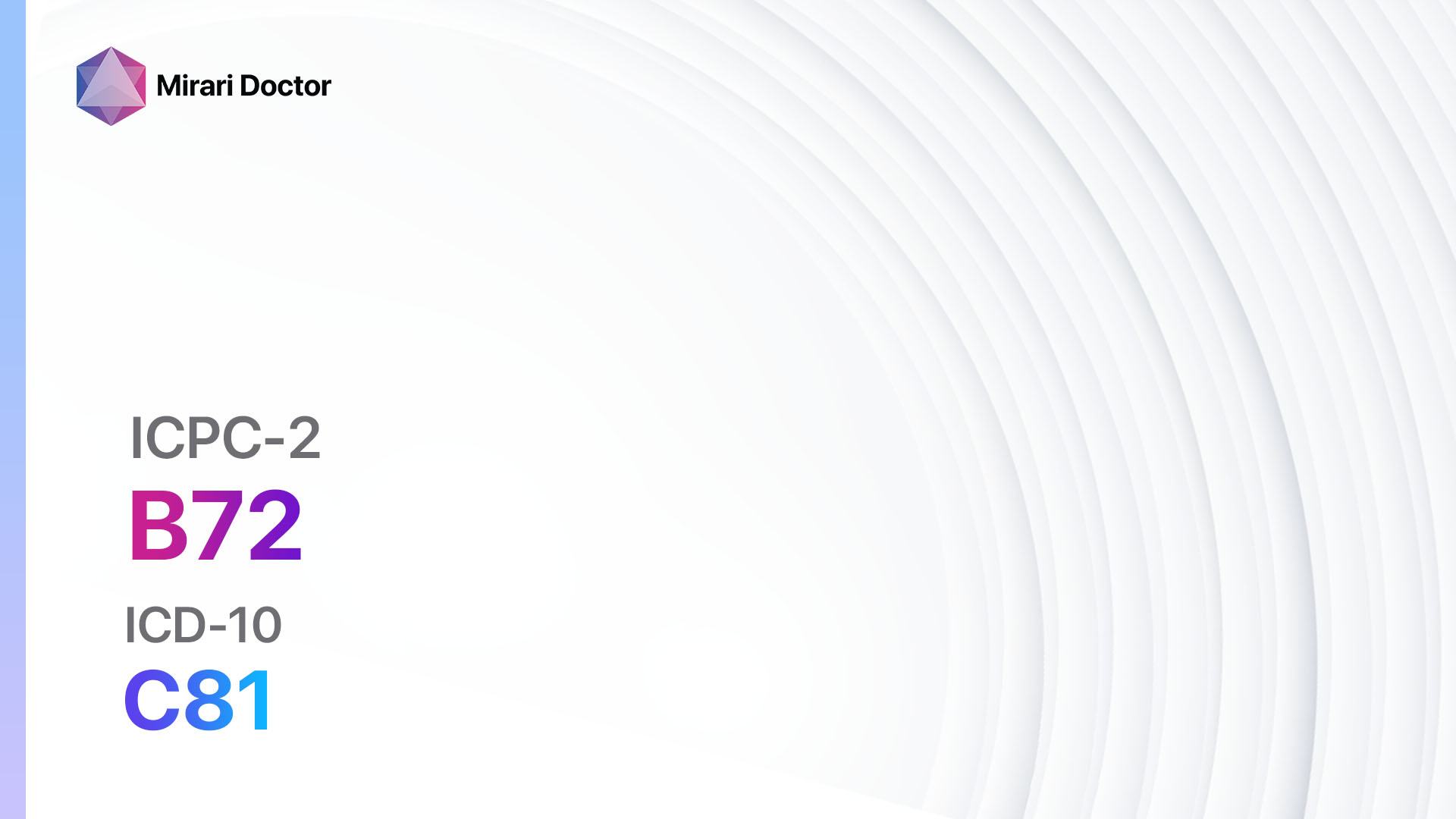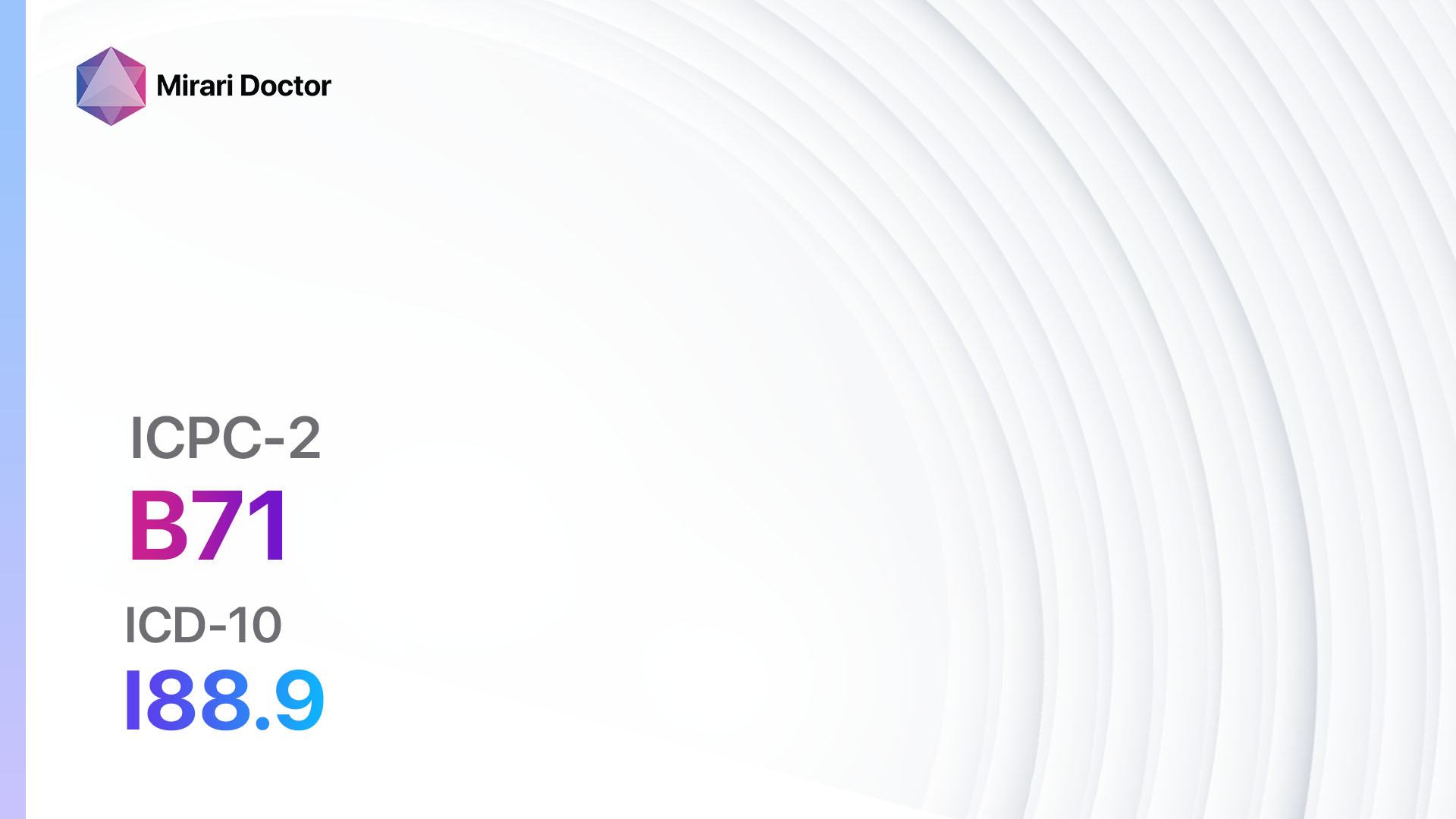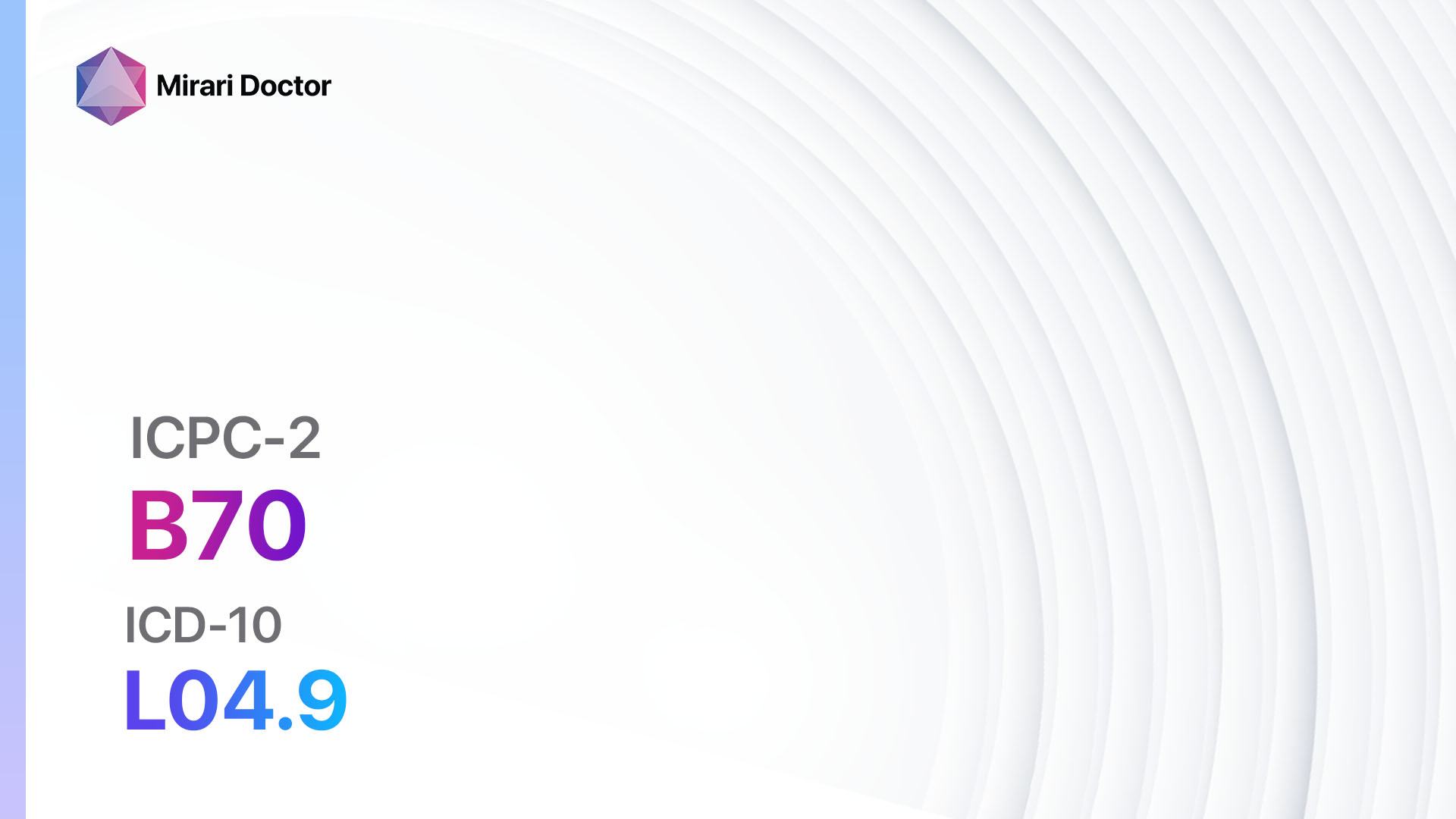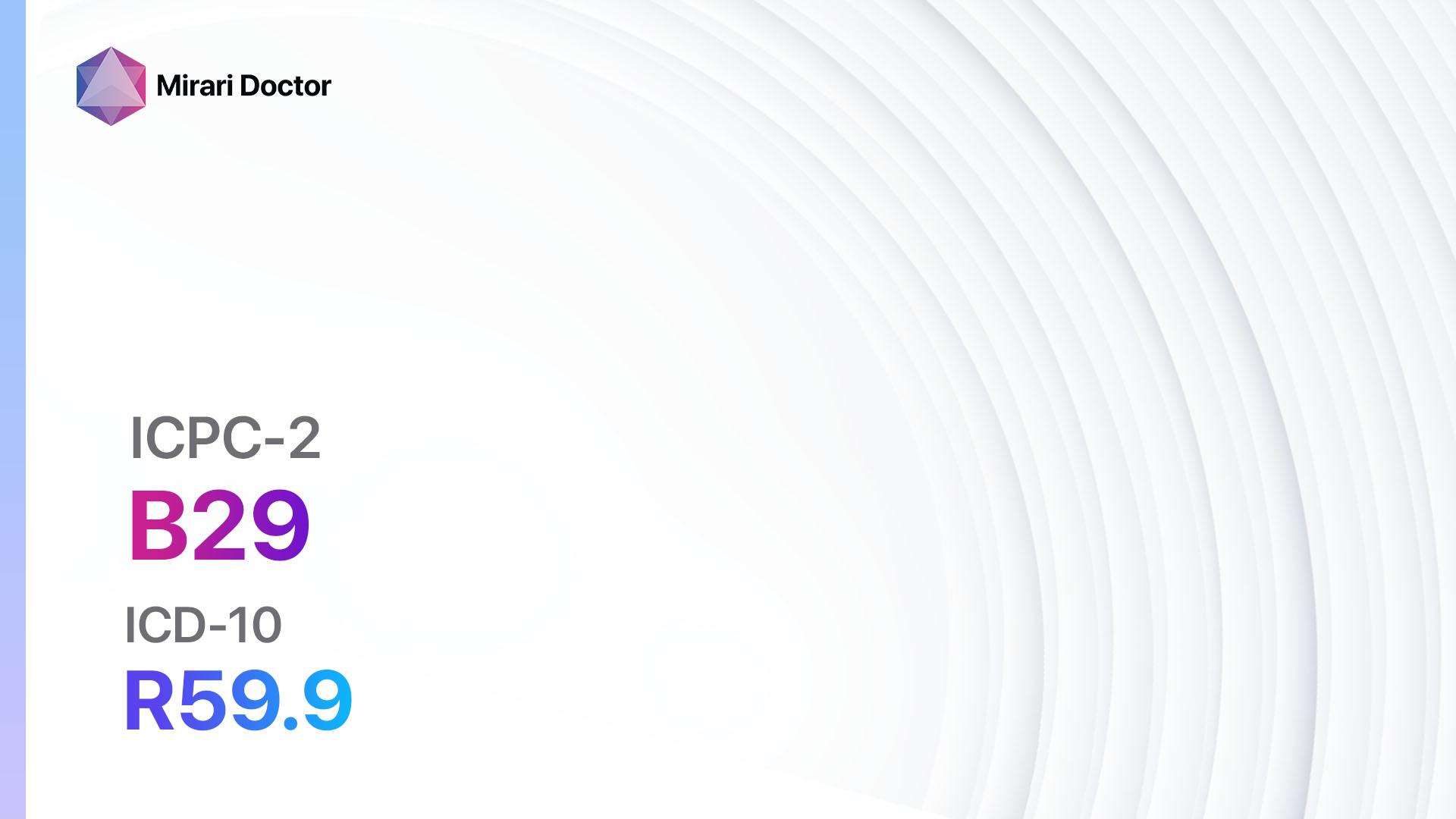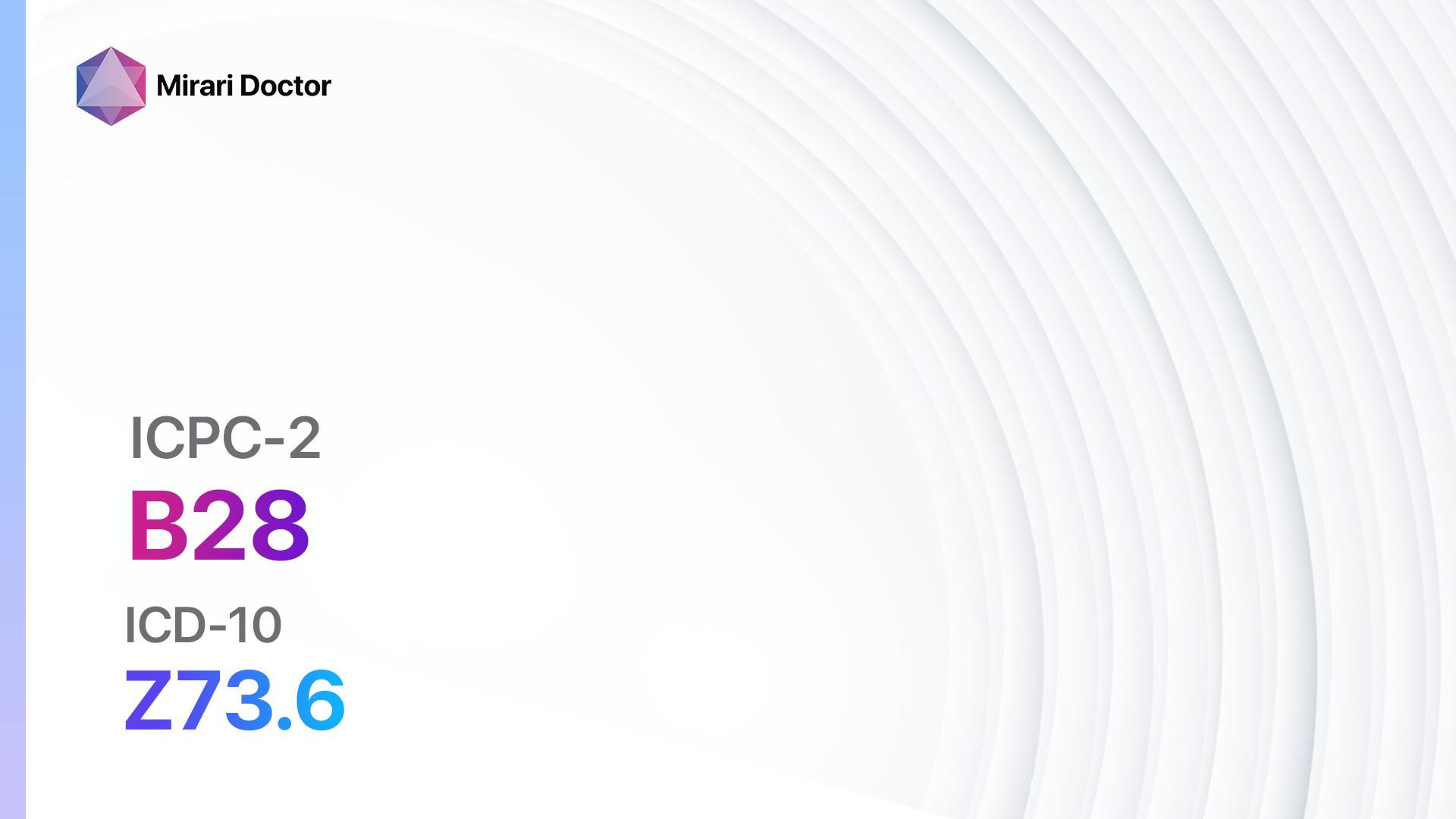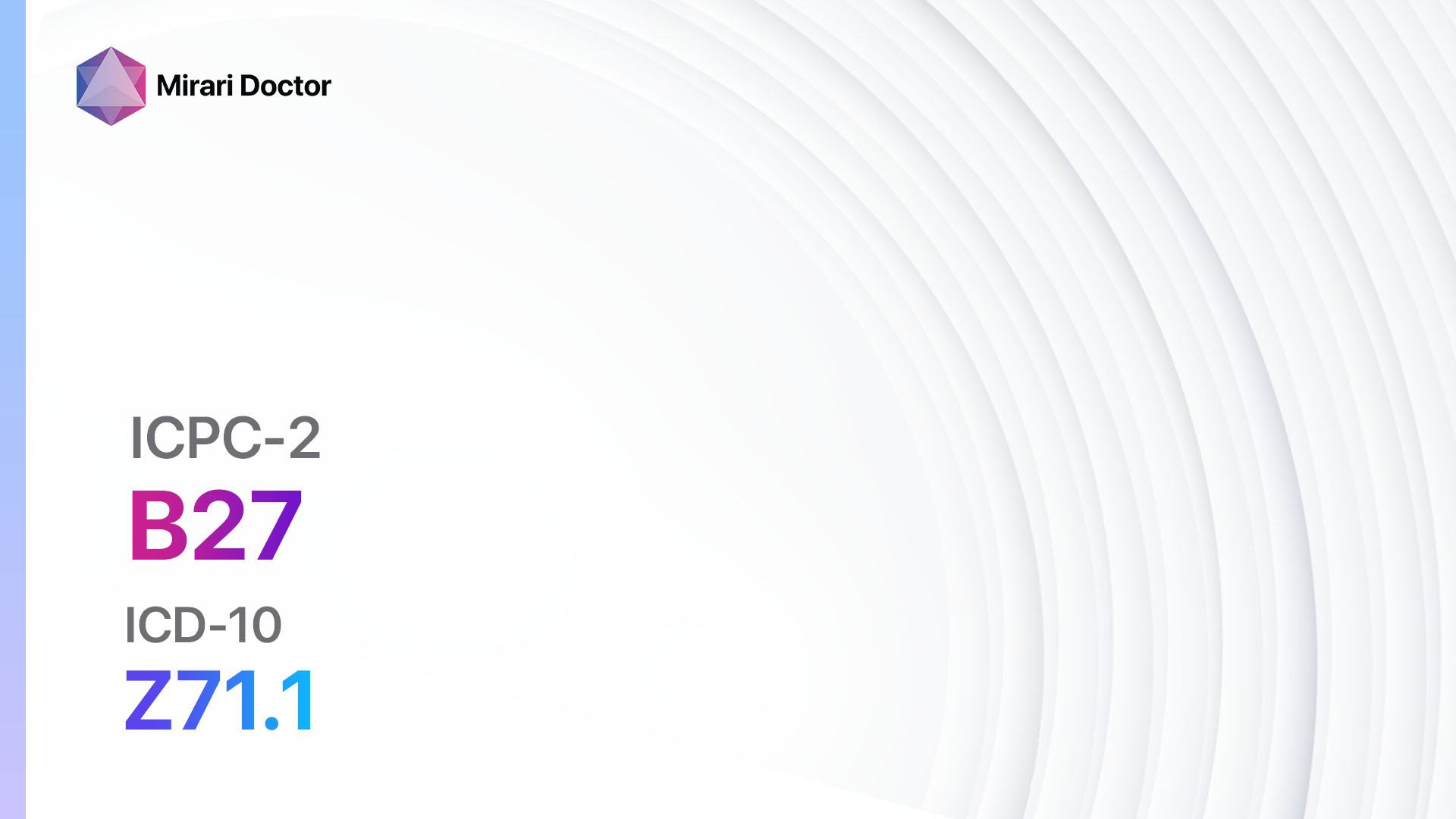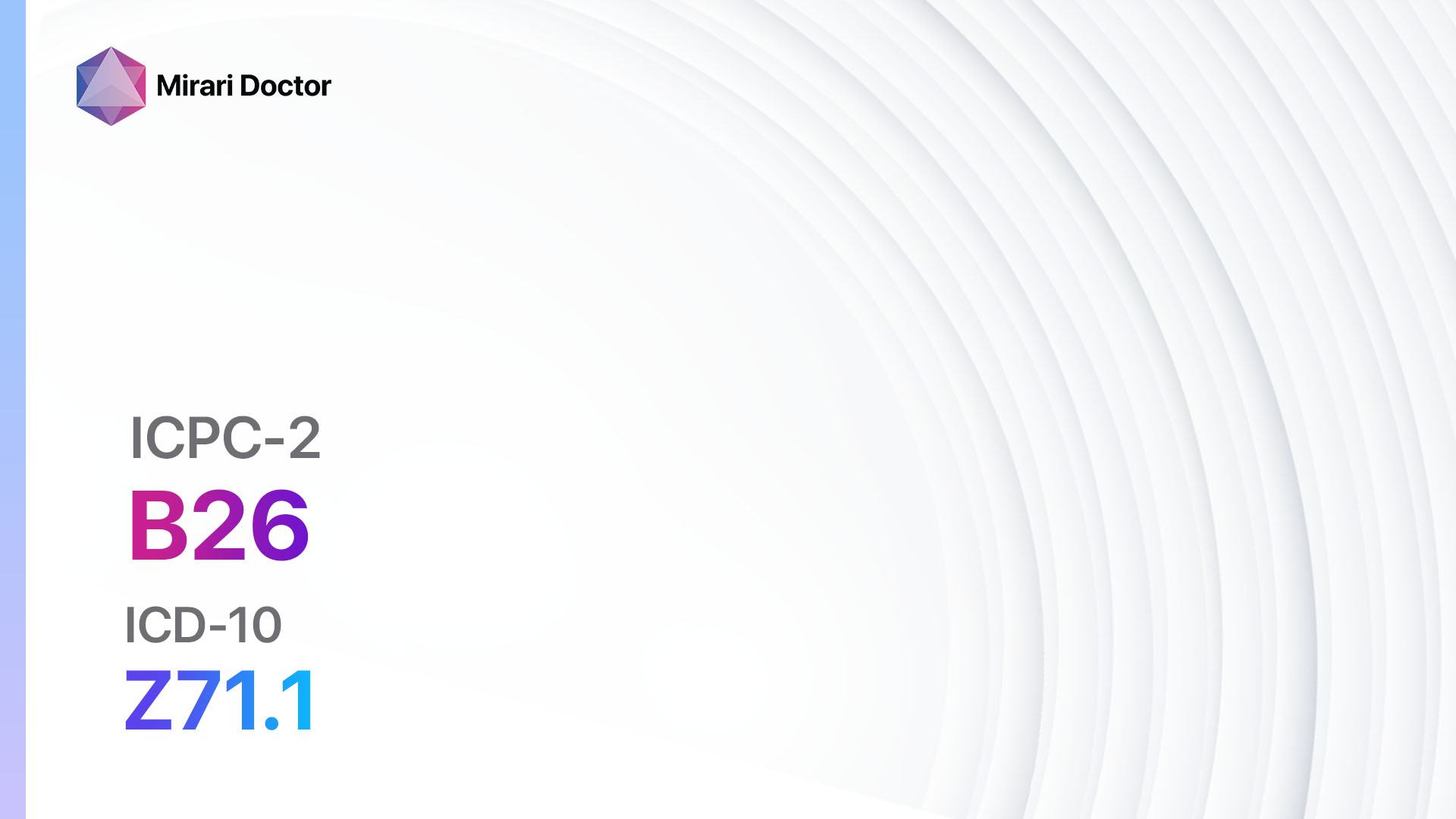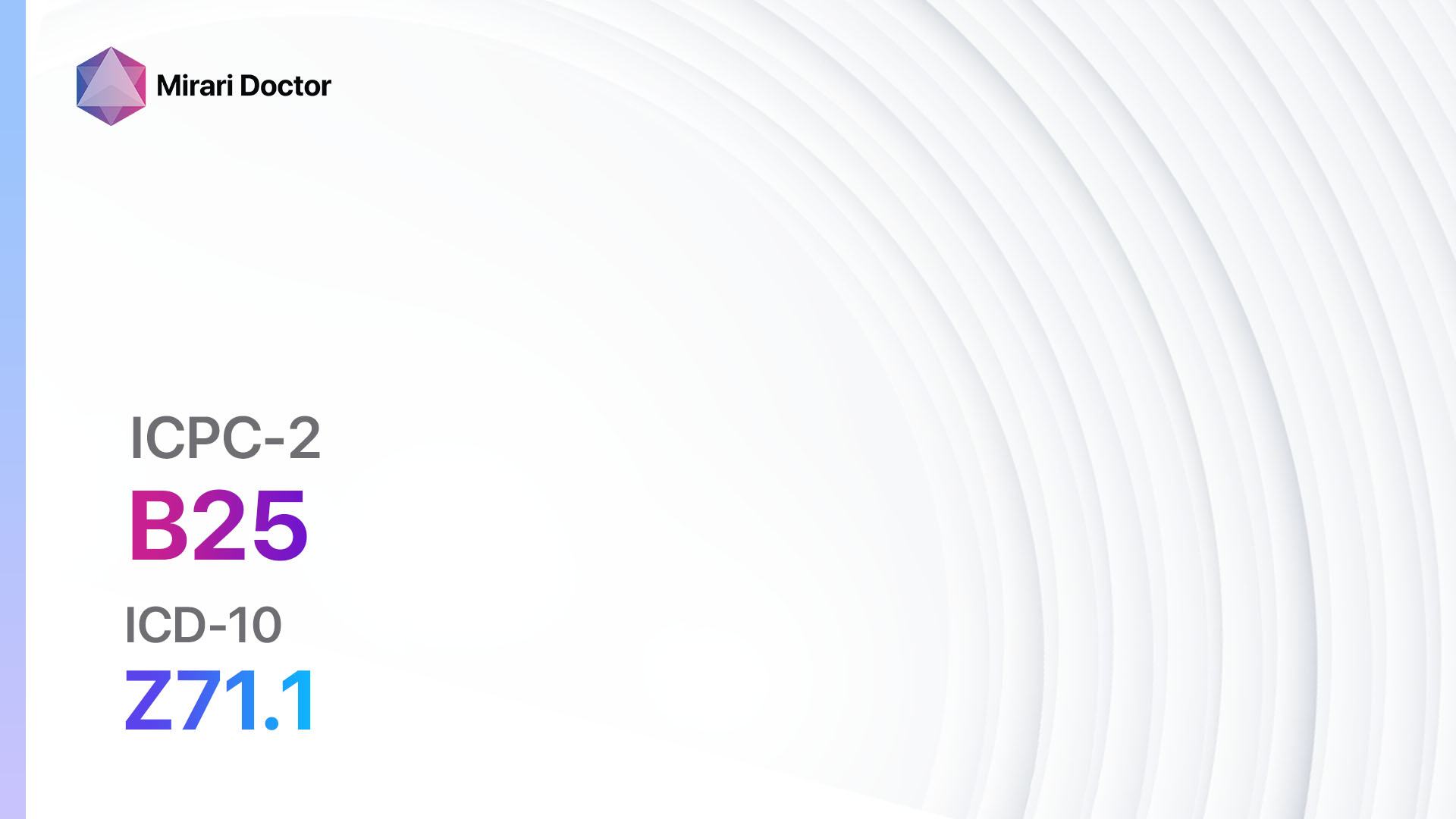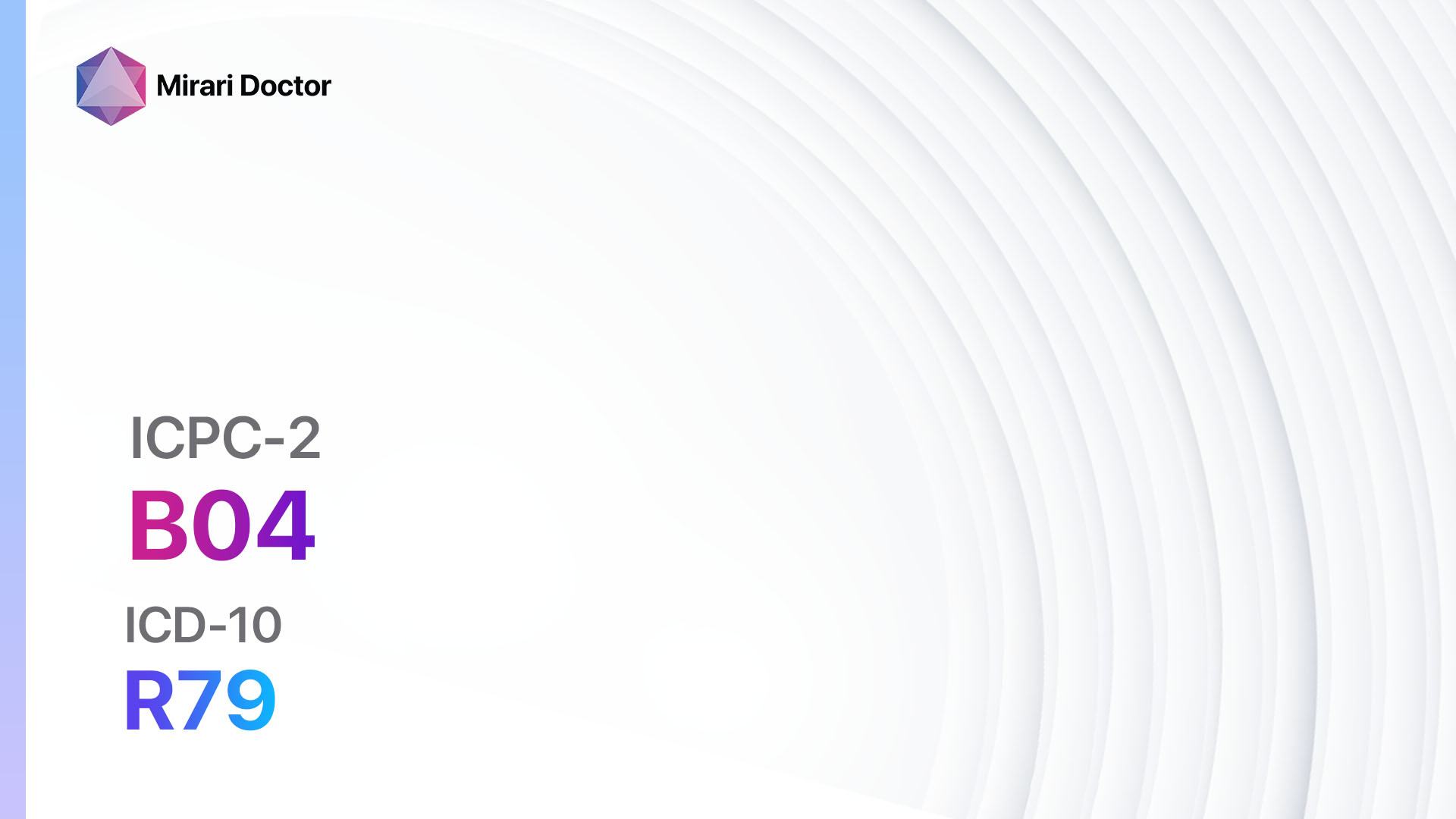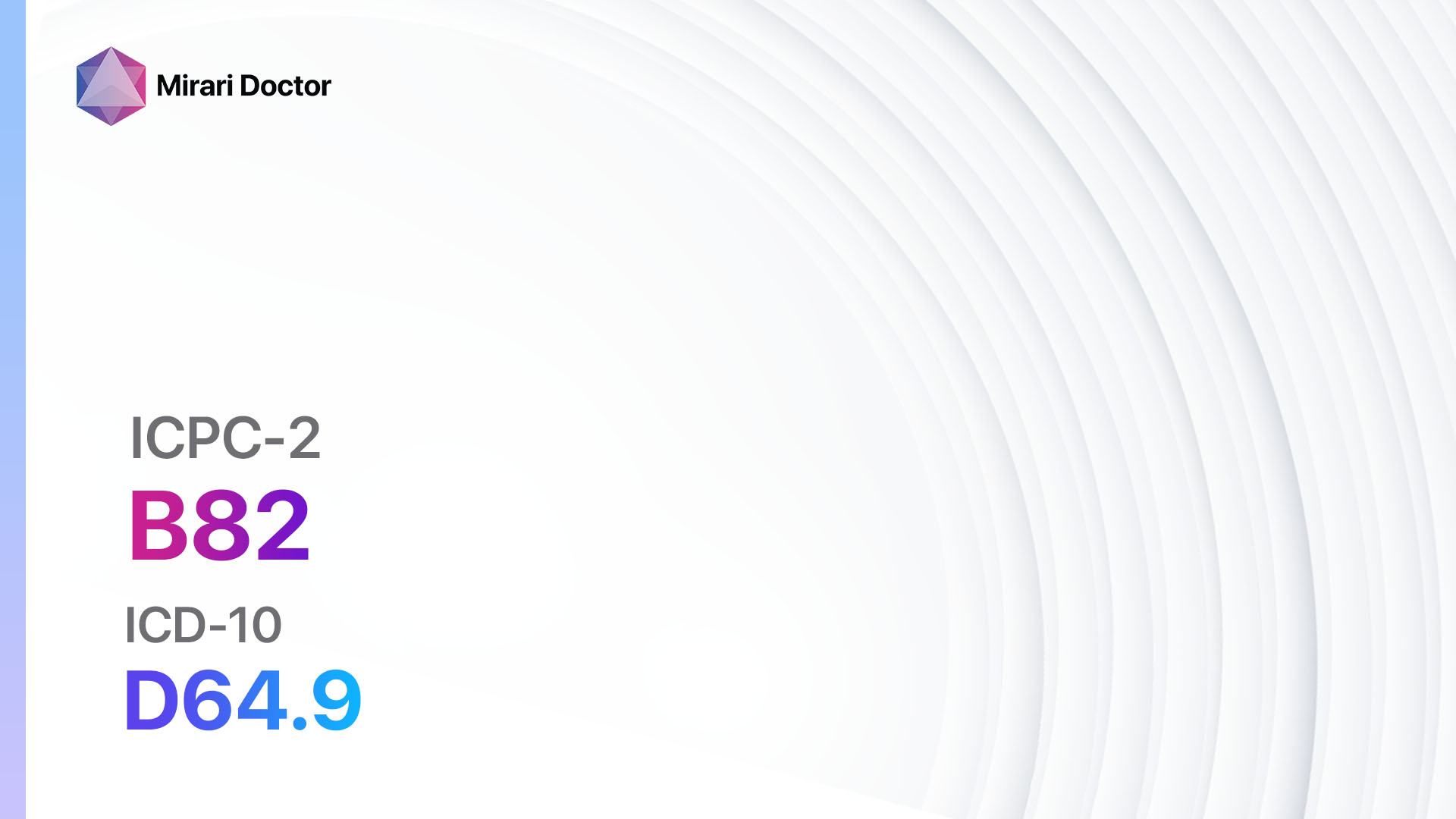
Introduction
Anemia is a condition characterized by a decrease in the number of red blood cells or a decrease in the amount of hemoglobin in the blood[1]. Anemia can result from various causes and can lead to symptoms such as fatigue, weakness, and shortness of breath[2]. The aim of this guide is to provide an overview of the symptoms, causes, diagnostic steps, possible interventions, and lifestyle interventions for anemia other/unspecified.
Codes
Symptoms
- Fatigue: Feeling tired and lacking energy[5].
- Weakness: Reduced strength and ability to perform physical tasks[6].
- Shortness of breath: Difficulty breathing or feeling breathless[7].
- Pale skin: Skin may appear pale or have a yellowish tint[8].
- Rapid or irregular heartbeat: Heart may beat faster or irregularly[9].
- Dizziness or lightheadedness: Feeling faint or dizzy[10].
- Cold hands and feet: Extremities may feel cold to the touch.
- Headache: Persistent or frequent headaches.
- Chest pain: Discomfort or pain in the chest area.
Causes
- Iron deficiency: Insufficient iron intake or absorption.
- Vitamin deficiency: Lack of vitamin B12 or folate.
- Chronic diseases: Conditions such as kidney disease or cancer.
- Chronic inflammation: Conditions such as rheumatoid arthritis or lupus.
- Genetic disorders: Inherited conditions affecting red blood cell production.
- Medications: Certain medications can cause anemia as a side effect.
- Blood loss: Excessive bleeding due to injury, surgery, or menstruation.
Diagnostic Steps
Medical History
- Gather information about the patient’s symptoms, including fatigue, weakness, and shortness of breath.
- Ask about any previous diagnoses of anemia or related conditions.
- Inquire about the patient’s diet and any recent changes in appetite or weight.
- Assess for any family history of anemia or blood disorders.
- Determine if the patient has any chronic diseases or conditions that may contribute to anemia.
Physical Examination
- Check for signs of pale skin or yellowish tint.
- Assess heart rate and rhythm for any abnormalities.
- Examine the patient’s extremities for coldness or swelling.
- Palpate the abdomen for any signs of organ enlargement or tenderness.
- Listen to the lungs for any abnormal breath sounds.
Laboratory Tests
- Complete blood count (CBC): Measures the number of red blood cells, white blood cells, and platelets in the blood.
- Hemoglobin and hematocrit levels: Determines the amount of hemoglobin and the percentage of red blood cells in the blood.
- Iron studies: Measures the levels of iron, ferritin, and transferrin in the blood.
- Vitamin B12 and folate levels: Checks for deficiencies in these vitamins.
- Reticulocyte count: Assesses the production of new red blood cells.
- Peripheral blood smear: Examines the appearance of red blood cells under a microscope.
Diagnostic Imaging
- Bone marrow biopsy: Involves taking a sample of bone marrow to assess for abnormalities in red blood cell production.
- Ultrasound: Can be used to evaluate the liver, spleen, or kidneys for any signs of disease or enlargement.
- CT scan or MRI: May be ordered to assess for any underlying conditions or complications related to anemia.
Other Tests
- Erythropoietin levels: Measures the levels of erythropoietin, a hormone that stimulates red blood cell production.
- Coombs test: Checks for the presence of antibodies that may be attacking red blood cells.
- Genetic testing: Can identify any genetic mutations or disorders that may be causing anemia.
Follow-up and Patient Education
- Schedule follow-up appointments to monitor the patient’s response to treatment.
- Educate the patient about the importance of adhering to prescribed medications and lifestyle changes.
- Provide resources and support for managing symptoms and improving overall well-being.
Possible Interventions
Traditional Interventions
Medications:
Top 5 drugs for Anemia other/unspecified:
- Iron supplements (e.g., Ferrous sulfate, Ferrous gluconate):
- Cost: Generic versions can be $3-$10/month.
- Contraindications: Hemochromatosis, iron overload.
- Side effects: Upset stomach, constipation.
- Severe side effects: Allergic reactions, iron toxicity.
- Drug interactions: Antacids, tetracycline antibiotics.
- Warning: Take on an empty stomach for better absorption.
- Vitamin B12 supplements (e.g., Cyanocobalamin, Methylcobalamin):
- Cost: Generic versions can be $5-$20/month.
- Contraindications: Leber’s disease, cobalt allergy.
- Side effects: Upset stomach, diarrhea.
- Severe side effects: Allergic reactions, hypokalemia.
- Drug interactions: Metformin, proton pump inhibitors.
- Warning: Regular monitoring of vitamin B12 levels may be necessary.
- Folic acid supplements:
- Cost: Generic versions can be $3-$10/month.
- Contraindications: Vitamin B12 deficiency.
- Side effects: Upset stomach, diarrhea.
- Severe side effects: Allergic reactions, respiratory distress.
- Drug interactions: Methotrexate, sulfasalazine.
- Warning: Regular monitoring of folate levels may be necessary.
- Erythropoiesis-stimulating agents (e.g., Epoetin alfa, Darbepoetin alfa):
- Cost: $100-$500/month.
- Contraindications: Uncontrolled hypertension, pure red cell aplasia.
- Side effects: Headache, joint pain.
- Severe side effects: Hypertension, thrombosis.
- Drug interactions: ACE inhibitors, angiotensin receptor blockers.
- Warning: Regular monitoring of blood pressure and hemoglobin levels is required.
- Corticosteroids (e.g., Prednisone, Dexamethasone):
- Cost: Generic versions can be $4-$20/month.
- Contraindications: Active infections, systemic fungal infections.
- Side effects: Increased appetite, weight gain.
- Severe side effects: Adrenal suppression, osteoporosis.
- Drug interactions: NSAIDs, anticoagulants.
- Warning: Long-term use may require gradual tapering to avoid withdrawal symptoms.
Alternative Drugs:
- Erythropoietin receptor agonists (e.g., Methoxy polyethylene glycol-epoetin beta): Used in patients with chronic kidney disease-related anemia.
- Immunosuppressive agents (e.g., Cyclosporine, Azathioprine): Used in patients with autoimmune hemolytic anemia.
- Androgens (e.g., Danazol): Used in patients with aplastic anemia.
- Anticoagulants (e.g., Warfarin, Rivaroxaban): Used in patients with anemia due to blood clotting disorders.
- Antibiotics (e.g., Rifampin, Isoniazid): Used in patients with anemia caused by infections.
Surgical Procedures:
- Blood transfusion: Involves the intravenous administration of donated blood to increase red blood cell count. Cost: $200-$500 per unit of blood.
- Bone marrow transplant: Replaces diseased or damaged bone marrow with healthy stem cells. Cost: $200,000-$800,000.
Alternative Interventions
- Acupuncture: May help improve blood flow and reduce symptoms of anemia. Cost: $60-$120 per session.
- Herbal supplements: Certain herbs, such as nettle leaf or yellow dock root, may have potential benefits for improving iron levels. Cost: Varies depending on the specific supplement.
- Meditation: Can help reduce stress and improve overall well-being. Cost: Varies depending on the specific practice.
- Yoga: May improve circulation and increase energy levels. Cost: Varies depending on the specific class or instructor.
- Dietary changes: Increasing intake of iron-rich foods, such as lean meats, leafy greens, and legumes, can help improve iron levels. Cost: Varies depending on individual food choices.
Lifestyle Interventions
- Dietary modifications: Encourage a balanced diet rich in iron, vitamin B12, and folate.
- Regular exercise: Promote physical activity to improve circulation and overall health.
- Stress management: Teach stress reduction techniques, such as deep breathing or meditation.
- Adequate sleep: Emphasize the importance of getting enough sleep for overall well-being.
- Avoidance of alcohol and smoking: Advise patients to limit or avoid alcohol consumption and quit smoking.
It is important to note that the cost ranges provided are approximate and may vary depending on the location and availability of the interventions.
Mirari Cold Plasma Alternative Intervention
Understanding Mirari Cold Plasma
- Safe and Non-Invasive Treatment:Mirari Cold Plasma is a safe and non-invasive treatment option for various skin conditions. It does not require incisions, minimizing the risk of scarring, bleeding, or tissue damage.
- Efficient Extraction of Foreign Bodies:Mirari Cold Plasma facilitates the removal of foreign bodies from the skin by degrading and dissociating organic matter, allowing easier access and extraction.
- Pain Reduction and Comfort:Mirari Cold Plasma has a local analgesic effect, providing pain relief during the treatment, making it more comfortable for the patient.
- Reduced Risk of Infection:Mirari Cold Plasma has antimicrobial properties, effectively killing bacteria and reducing the risk of infection.
- Accelerated Healing and Minimal Scarring: Mirari Cold Plasma stimulates wound healing and tissue regeneration, reducing healing time and minimizing the formation of scars.
Mirari Cold Plasma Prescription
Video instructions for using Mirari Cold Plasma Device – B82 Anemia other/unspecified (ICD-10:D64.9)
| Mild | Moderate | Severe |
| Mode setting: 7 (Immunotherapy) Location: 1 (Sacrum) Morning: 15 minutes, Evening: 15 minutes | Mode setting: 7 (Immunotherapy) Location: 1 (Sacrum) Morning: 30 minutes, Lunch: 30 minutes, Evening: 30 minutes | Mode setting: 7 (Immunotherapy) Location: 1 (Sacrum) Morning: 30 minutes, Lunch: 30 minutes, Evening: 30 minutes |
| Mode setting: 7 (Immunotherapy) Location: 4 (Heart, Bile & Pancreas) Morning: 15 minutes, Evening: 15 minutes | Mode setting: 7 (Immunotherapy) Location: 4 (Heart, Bile & Pancreas) Morning: 30 minutes, Lunch: 30 minutes, Evening: 30 minutes | Mode setting: 7 (Immunotherapy) Location: 4 (Heart, Bile & Pancreas) Morning: 30 minutes, Lunch: 30 minutes, Evening: 30 minutes |
| Mode setting: 7 (Immunotherapy) Location: 7 (Neuro system & ENT) Morning: 15 minutes, Evening: 15 minutes | Mode setting: 7 (Immunotherapy) Location: 7 (Neuro system & ENT) Morning: 30 minutes, Lunch: 30 minutes, Evening: 30 minutes | Mode setting: 7 (Immunotherapy) Location: 7 (Neuro system & ENT) Morning: 30 minutes, Lunch: 30 minutes, Evening: 30 minutes |
| Total Morning: 45 minutes approx. $7.50 USD, Evening: 45 minutes approx. $7.50 USD | Total Morning: 90 minutes approx. $15 USD, Lunch: 90 minutes approx. $15 USD, Evening: 90 minutes approx. $15 USD | Total Morning: 90 minutes approx. $15 USD, Lunch: 90 minutes approx. $15 USD, Evening: 90 minutes approx. $15 USD |
| Usual treatment for 7-60 days approx. $105 USD – $900 USD | Usual treatment for 6-8 weeks approx. $1,890 USD – $2,520 USD | Usual treatment for 3-6 months approx. $4,050 USD – $8,100 USD |
 |
|
Use the Mirari Cold Plasma device to treat Anemia other/unspecified effectively.
WARNING: MIRARI COLD PLASMA IS DESIGNED FOR THE HUMAN BODY WITHOUT ANY ARTIFICIAL OR THIRD PARTY PRODUCTS. USE OF OTHER PRODUCTS IN COMBINATION WITH MIRARI COLD PLASMA MAY CAUSE UNPREDICTABLE EFFECTS, HARM OR INJURY. PLEASE CONSULT A MEDICAL PROFESSIONAL BEFORE COMBINING ANY OTHER PRODUCTS WITH USE OF MIRARI.
Step 1: Cleanse the Skin
- Start by cleaning the affected area of the skin with a gentle cleanser or mild soap and water. Gently pat the area dry with a clean towel.
Step 2: Prepare the Mirari Cold Plasma device
- Ensure that the Mirari Cold Plasma device is fully charged or has fresh batteries as per the manufacturer’s instructions. Make sure the device is clean and in good working condition.
- Switch on the Mirari device using the power button or by following the specific instructions provided with the device.
- Some Mirari devices may have adjustable settings for intensity or treatment duration. Follow the manufacturer’s instructions to select the appropriate settings based on your needs and the recommended guidelines.
Step 3: Apply the Device
- Place the Mirari device in direct contact with the affected area of the skin. Gently glide or hold the device over the skin surface, ensuring even coverage of the area experiencing.
- Slowly move the Mirari device in a circular motion or follow a specific pattern as indicated in the user manual. This helps ensure thorough treatment coverage.
Step 4: Monitor and Assess:
- Keep track of your progress and evaluate the effectiveness of the Mirari device in managing your Anemia other/unspecified. If you have any concerns or notice any adverse reactions, consult with your health care professional.
Note
This guide is for informational purposes only and should not replace the advice of a medical professional. Always consult with your healthcare provider or a qualified medical professional for personal advice, diagnosis, or treatment. Do not solely rely on the information presented here for decisions about your health. Use of this information is at your own risk. The authors of this guide, nor any associated entities or platforms, are not responsible for any potential adverse effects or outcomes based on the content.
Mirari Cold Plasma System Disclaimer
- Purpose: The Mirari Cold Plasma System is a Class 2 medical device designed for use by trained healthcare professionals. It is registered for use in Thailand and Vietnam. It is not intended for use outside of these locations.
- Informational Use: The content and information provided with the device are for educational and informational purposes only. They are not a substitute for professional medical advice or care.
- Variable Outcomes: While the device is approved for specific uses, individual outcomes can differ. We do not assert or guarantee specific medical outcomes.
- Consultation: Prior to utilizing the device or making decisions based on its content, it is essential to consult with a Certified Mirari Tele-Therapist and your medical healthcare provider regarding specific protocols.
- Liability: By using this device, users are acknowledging and accepting all potential risks. Neither the manufacturer nor the distributor will be held accountable for any adverse reactions, injuries, or damages stemming from its use.
- Geographical Availability: This device has received approval for designated purposes by the Thai and Vietnam FDA. As of now, outside of Thailand and Vietnam, the Mirari Cold Plasma System is not available for purchase or use.
References
- Anemia. (n.d.). Mayo Clinic. Retrieved June 6, 2024, from//www.mayoclinic.org/diseases-conditions/anemia/symptoms-causes/syc-20351360
- Anemia: Symptoms, types, treatment, causes, diet, and more. (n.d.). Medical News Today. Retrieved June 6, 2024, from//www.medicalnewstoday.com/articles/158800
- ICPC-2 Code: B82 Anaemia other/unspecified. (n.d.). RxReasoner. Retrieved June 6, 2024, from//www.rxreasoner.com/icpc2codes/B82
- ICD-10 code: D64.9 Anaemia, unspecified. (n.d.). gesund.bund.de. Retrieved June 6, 2024, from//gesund.bund.de/en/icd-code-search/d64-9
- Anemia Information | Mount Sinai – New York. (n.d.). Mount Sinai Health System. Retrieved June 6, 2024, from//www.mountsinai.org/health-library/diseases-conditions/anemia
- Anemia Symptoms: Signs of A Low Red Blood Cell Count – WebMD. (n.d.). WebMD. Retrieved June 6, 2024, from//www.webmd.com/a-to-z-guides/understanding-anemia-symptoms
- Anemia – Symptoms and causes – Mayo Clinic. (n.d.). Mayo Clinic. Retrieved June 6, 2024, from//www.mayoclinic.org/diseases-conditions/anemia/symptoms-causes/syc-20351360
- Isohashi, Fumiaki ; Takano, Tadao ; Onuki, Mamiko ; Arimoto, Takahide ; Kawamura, Naoki ; Hara, Ryusuke ; Kawano, Yoshiaki (2019). A multi-institutional observational study on the effects of three-dimensional radiotherapy and weekly 40-mg/m.sup.2 cisplatin on postoperative uterine cervical cancer patients with high-risk prognostic factors. DOI: 10.1007/s10147-018-01380-z
- Kaluz, Stefan ; Kaluzová, Milota ; Liao, Shu-Yuan ; Lerman, Michael ; Stanbridge, Eric J. (2009). Transcriptional control of the tumor- and hypoxia-marker carbonic anhydrase 9: A one transcription factor (HIF-1) show?. DOI: 10.1016/j.bbcan.2009.01.001
- Pecorelli, Sergio (2009). Revised FIGO staging for carcinoma of the vulva, cervix, and endometrium. DOI: 10.1016/j.ijgo.2009.02.012
Related articles
Made in USA


